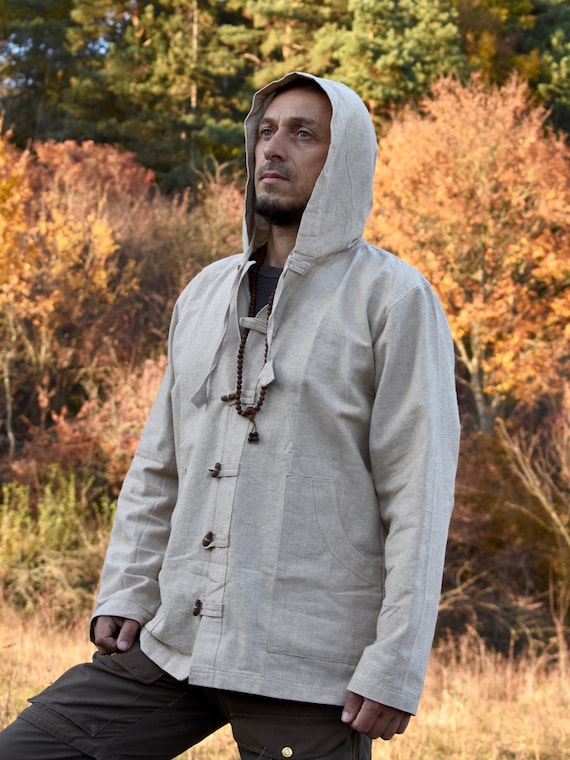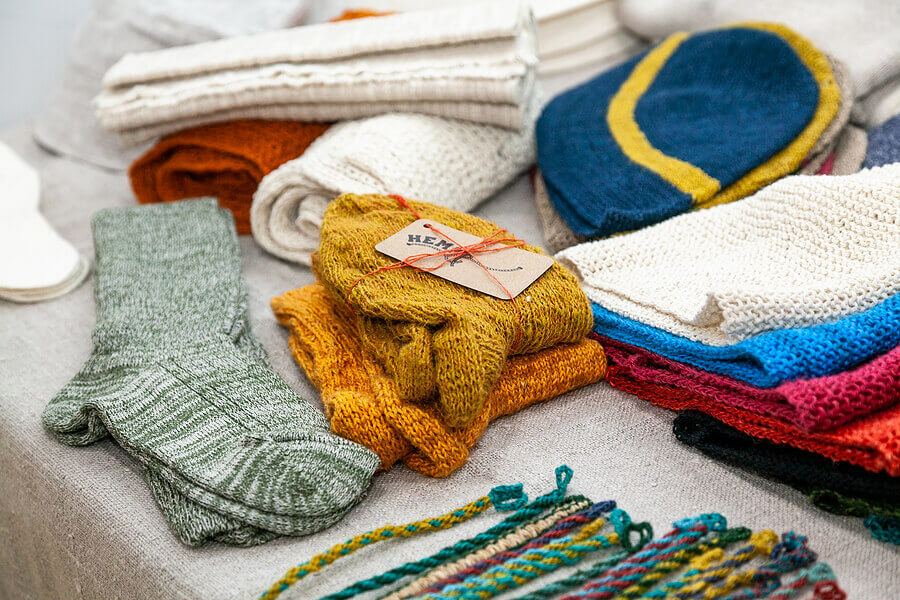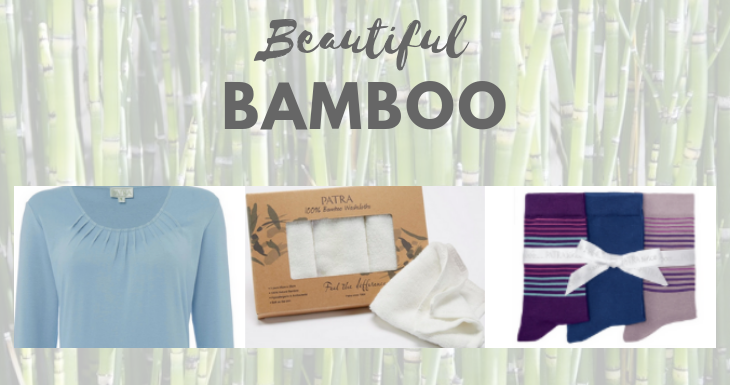Good Suggestions To Picking Bamboo Clothes
Wiki Article
Why Is Hemp So Much Stronger, More Biodegradable And Regenerable Than Cotton?
Hemp is often considered more biodegradable, durable and regenerative than cotton due to its inherent properties and the way it is cultivated. Here's why- Biodegradability-
Natural Fiber - Hemp is made of a natural plant fibre, which is biodegradable. Fabrics and clothes made of hemp are decomposed in time. That means they return to nature without leaving behind any waste. It is a striking contrast to synthetic fibers like polyester that can take a number of years to break down.
Hemp textiles don't typically contain chemical treatments or synthetic additives that could hinder biodegradability. Cotton textiles can be treated with synthetic chemical additives such as specific dyes or finishings which slow biodegradation process.
Durability-
Hemp fibers have a reputation for strength and durability. Hemp fabrics, clothing and other items are more durable than cotton. This means that hemp clothing will last longer, even before it begins to show signs of wear and wear and tear.
More tolerant of PillingLess prone to pilling Hemp fabrics are less prone to pilling (the formation of tiny fuzzy balls on the surface of the fabric) compared to cotton. This is a characteristic that contributes to their overall durability and quality.
Regenerative Agriculture-
Soil health Hemp cultivation has the potential to regenerate soil when done in a sustainable manner. The roots deep in hemp can prevent soil compaction and erosion and may enhance soil health by the aeration process and increased microbial activity. This aspect of regeneration can help improve soil health for future crop.
Low environmental impact Sustainable hemp farming practices make use of fewer herbicides and pesticides which minimizes the damage to the environment. Contrary to traditional cotton farming, its use of synthetic chemicals can result in soil degradation and pollution of water.
Water Efficiency-
Low Water Requirements- Hemp typically needs less water than cotton development. Its drought-resistant nature means it thrives even without irrigation or in rain-fed environments. It is a water-efficient option, especially for regions with limited resources.
Hemp is also a viable option in systems of crop rotation to enhance soil health, reduce disease risk and depletion. In traditional cotton farming the crop rotation process is less common.
Hemp's versatility allows it to be used in many different applications like clothing, textiles papers, building materials and paper. Hemp is grown in many ways that include renewable and sustainable.
In addition to these advantages of hemp, it's also essential to be aware that hemp and cotton are produced sustainably (or not) dependent on the techniques used in farming and methods of processing. Pick hemp products made with ethical and sustainable practices to maximize the environmental advantages. Organic cotton is an effective way to lessen the impact on the environment of cotton that is conventionally grown. Follow the most popular hemp clothing for site advice including hemp coat, american made hemp clothing, patagonia iron forge pants, hemp bathing suit, patagonia ranch jacket, hemp tees wholesale, patagonia hemp island pants, hemp button down shirt, hemp apparel, patagonia volley shorts and more.

What Makes Hemp Clothing More Useful And Technically Superior To Conventional Fibres Compared To Other Fabrics?
Hemp clothing can offer several practical and technical advantages over traditional fibers while being environmentally sustainable. Here are a few ways which hemp clothing is a high-performance and eco-friendly choice in terms of moisture wicking and breathability-
Hemp fibers draw moisture away from the body, keeping you dry and cool in hot weather. They help wick moisture away from your body, which helps keep you dry and cool in hot weather and reduce the risk of odors and bacteria.
Temperature Regulation
Hemp clothing is known for its excellent thermoregulatory qualities. It helps keep you warm in cold weather by trapping the heat close to your body. In warm temperatures, it can help you keep cool by allowing humidity and heat to go away. Being able to control your body's temperature naturally can help you avoid changing clothes frequently.
Longevity and durability-
Hemp fibers are known as being tough. Hemp clothing is said to be stronger and more resistant to wear compared to other traditional fibers such as cotton. It means that hemp clothing are more durable and last for longer. They also can reduce the frequency at which you'll need to change them out, which can have an adverse impact on the environmental.
UV Protection
Hemp fibers are a natural source of UV protection, shielding the skin from harmful UV radiation. This benefit is especially useful when doing outdoor sports or activities.
Biodegradability:
Hemp clothing biodegrades with time, meaning it will break down when it is disposed of. This reduces the environmental burden of textile waste, unlike synthetic fibers that can persist in landfills for long periods of time.
Low Environmental Impact
Hemp cultivation requires less synthetic pesticides compared to cotton. The hemp plant uses less water and is therefore more sustainable for the ecological environment. This eco-friendly aspect is further improved by organic farming.
Carbon Sequestration
Hemp plants have the ability to capture carbon dioxide in the atmosphere when they expand. In this way, hemp can be used as a carbon sink to aid in reducing greenhouse gas emissions.
Sustainability and crop rotation
Hemp is an excellent crop to integrate into rotations of crops. It enhances soil health and reduces the chance of contracting diseases. This method of farming that is sustainable can contribute to the eco-friendly aspects of hemp.
Versatility:
Blending hemp fibers with other materials such as organic cotton and recycled polyester could create high-performance, eco-friendly fabric blends. This lets textiles be innovative and environmentally sustainable.
Low Toxicity
Hemp fibres are not high in toxicity, by nature, and they do not need chemical treatment. They can reduce the environmental impact of the production of textiles.
It is crucial to be aware that while hemp does have many environmental benefits, including functional ones but its sustainability overall is dependent on other factors like the process of dyeing, transportation, and ethical work practices. If you want to make eco-friendly choices, look for clothing companies which are committed to transparency and sustainability while using hemp fibers and other eco-friendly materials in their designs. See the most popular hemp clothes advice for more recommendations including jungmaven clothing, hemp shorts mens, hemp clothing, hemp yoga clothes, hemp clothing, hemp sweatpants, dash hemp clothing, patagonia hemp work pants, hemp shirts, hemp wear and more.

Bamboo Clothing Is Sustainable And Comfortable.
Bamboo clothing has many benefits to both the wearer as well as their surroundings.
The softness of bamboo is well-known for being exceptionally soft. It has a silky smooth texture that feels comfortable against your skin. Bamboo clothing is popular due to its soft, luxurious feel, which makes it an excellent choice for activewear, loungewear and intimate apparel.
Bamboo fibers possess a natural ability to wick moisture and are breathable. They are made up of micro-gaps, which allow air to circulate, keeping you cool and comfortable even in hot temperatures. Moisture-wicking fabrics help draw sweat away off your skin, and also reduce the sensation of dampness.
Thermoregulation- Bamboo clothing has excellent thermoregulatory properties. The clothing can keep you warm by trapping the body heat. Conversely, it can help keep you cool in hot weather by allowing excessive moisture and heat to escape. Because bamboo is able to adapt to a variety of temperatures, it's perfect for all seasons.
Hypoallergenic- Material made from bamboo is gentle and hypoallergenic. It is less prone to irritate or cause allergic reactions.
Bamboo fibers are naturally antimicrobial substances that aid in preventing the growth and spread of bacteria which causes odor. This is a factor that contributes to the freshness of bamboo clothes even when you are doing physical exercises.
Environment-
Sustainability- Bamboo can be a renewable and sustainable resource. Bamboo is among the fastest-growing plants on earth. It needs very little water and doesn't require herbicides or pesticides to grow. Bamboo is harvested and not killed it as its root system regenerates.
Bamboo is a naturally water-efficient plant that is water-efficient. It can be grown without irrigation, and is often harvested using rainwater alone. This minimizes the negative environmental impact of water consumption in agriculture.
Biodegradability - Bamboo clothing decomposes in a natural manner after it is removed from the landfill. This feature reduces the quantity in landfills of nonbiodegradable fabrics.
Carbon Sequestration Bamboo plant can absorb carbon dioxide (CO2) during rapid growth. Bamboo farming is a great way to reduce greenhouse gas emissions as well as act as a source of carbon.
Chemical Reduction. Bamboo fabric production generally requires less chemical treatment and processing than other fabrics. Therefore, the industry of textiles has smaller environmental footprint.
Closed-Loop Manufacturing Certain manufacturing methods for bamboo fabrics utilize closed-loop production, which recycles and reuses water and chemicals to minimize the amount of waste and environmental impact.
You should be aware that the impact of your actions on the environment on bamboo clothing will vary based on whether or not it's produced using sustainable and responsibly managed bamboo forests. To get the most sustainable results for the environment consumers should select bamboo clothing made with sustainable and ethical methods. See the top rated bamboo clothes info for more recommendations including boody ecowear, bamboo undergarments, bamboo yoga pants, kate quinn bamboo, bamboo t shirts ladies, sustainable bamboo clothing, boody ecowear, ladies bamboo tops, childrens bamboo socks, bamboo leggings and more.
